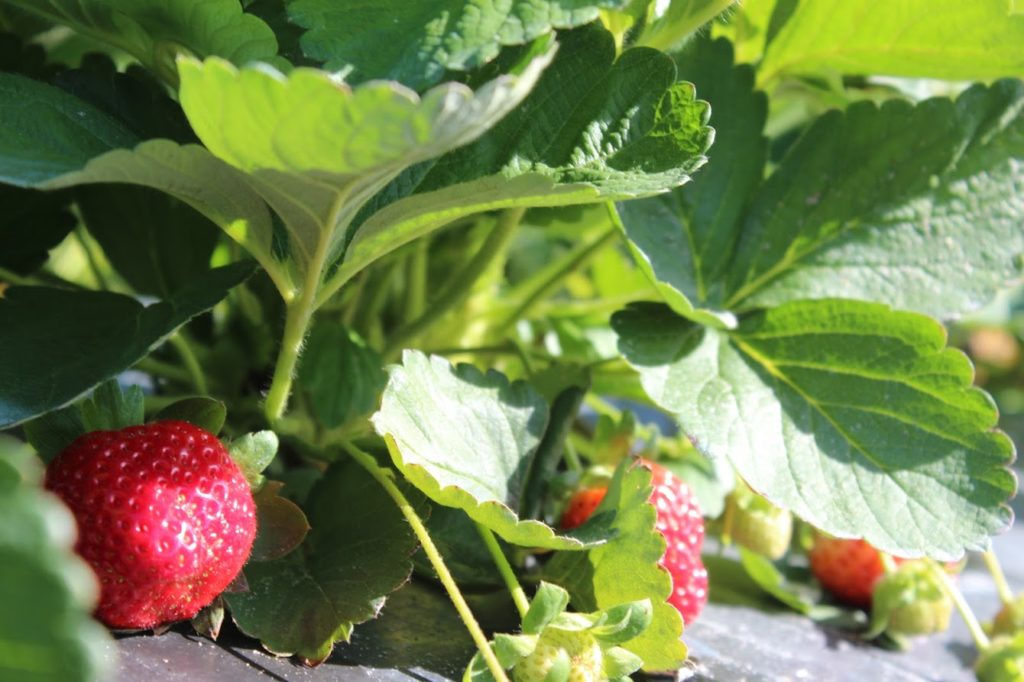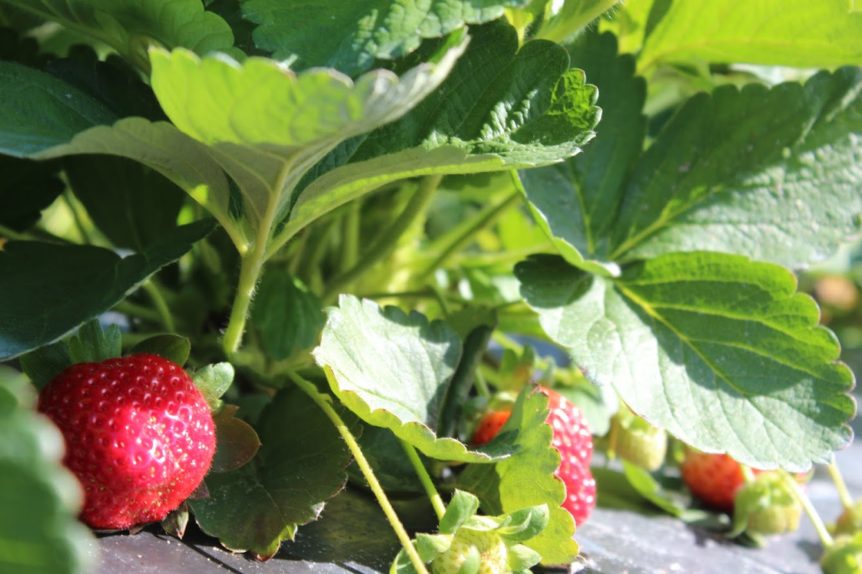
By Clint Thompson
One Alabama strawberry grower dodged one disease that plagued many of her colleagues this year.
Taylor Hatchett, who produced two acres in Chilton County, talked about Neopestalotiopsis, which was a problem across the Southeast this year.
“We had not that, thankfully on the farm this year, but I do know that has been one that’s been more prevalent for a lot of the growers,” Hatchett said.
Disease Buildup
Ed Sikora, professor and Extension plant pathologist in the department of entomology and plant pathology at Auburn University, reported in mid-April that disease buildup was observed in January and February but never really exploded.
That wasn’t the case in Georgia, however. Phil Brannen, University of Georgia Cooperative Extension fruit disease specialist, said in late April that more of the disease was observed due to the wet, warm weather being experienced in the early spring.
“A lot of it has to do with your practices as far as how you’ve got (the rows) bedded, your weed management; things that just help to discourage disease problems and also just maybe it wasn’t here. We had good plants that came in,” Hatchett said. “If you get in good, clean plants, that makes a huge difference also. We stay on top of harvests. We try not to ever have overripe berries out in the field, so try to keep plants clean as possible and manage a good IPM program.”
Management Recommendations
Recommendations for future management of Neopestalotiopsis are as follows:
1) Avoidance through disease-free transplants – nursery source.
2) Avoid planting varieties that are highly susceptible.
3) Limit field operations, such as harvesting and spraying, when plants are wet.
4) Hand, shoe and clothing sanitation between fields.
5) Cleaning and disinfestation of equipment when moving between fields.
6) Remove and destroy symptomatic plants to reduce inoculum and disease spread.
7) Incorporate “efficacious” fungicides (Switch, Thiram, Rhyme, Tilt, Inspire) into the spray program.










